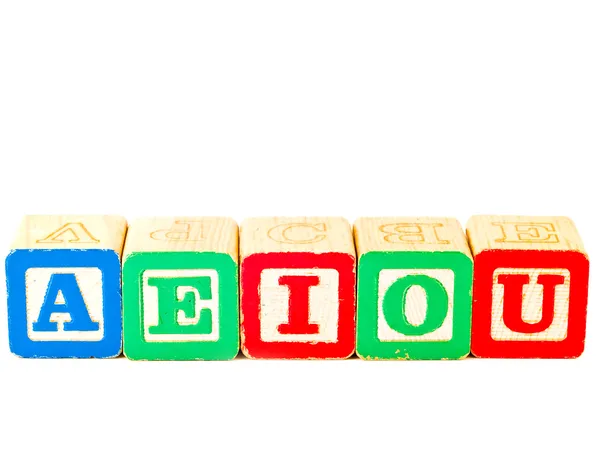First of all it is necessary to state that we call long
or short vowel to the ones that has merely quality of production and articulation.
These names have nothing to do with the amount or period of time they last
within a word. This rule applies to the majority of romantic languages. So in
English as in Spanish we have many vowels that could be consider long or short
depending on the context or in the way they are being produced.
After
analyzing the whole content, I can infer just one thing: vowels in Spanish have
just one way of production, one spelling and the same articulators always they
are emitted. In English, in the other hand, we have the same vowels but they require
many ways of production, spelling and the articulators vary according to the used
lexical combination we are applying. In English we can find many accents that
usually changes or omits the pronunciation of certain vowel sounds. So it is
quite more difficult than in Spanish; this language just leads with the five
vowels and their only one way to pronounce them and almost always, they cannot
be omitted to get communicated. So in conclusion, vowels in Spanish are neither
long nor short and it is important to remark that in Spanish we donot have
schwa sound as a vowel or even as a recognized sound.
Here I am leaving another video of the professor
JenniferESL about production of vowel sounds in English to reinforce the
acquired facts we already have in mind:
Now, here I am posting a link of a video that explains
how to produce vowels in Spanish. It is leaded by a native speaker who makes
reference to the consistence of Spanish way to produce sounds and to the
uniformity of Spanish pronunciation. He explains how to take advantage of the
clear and sharp way of production of Spanish vowel sounds.


.gif)



